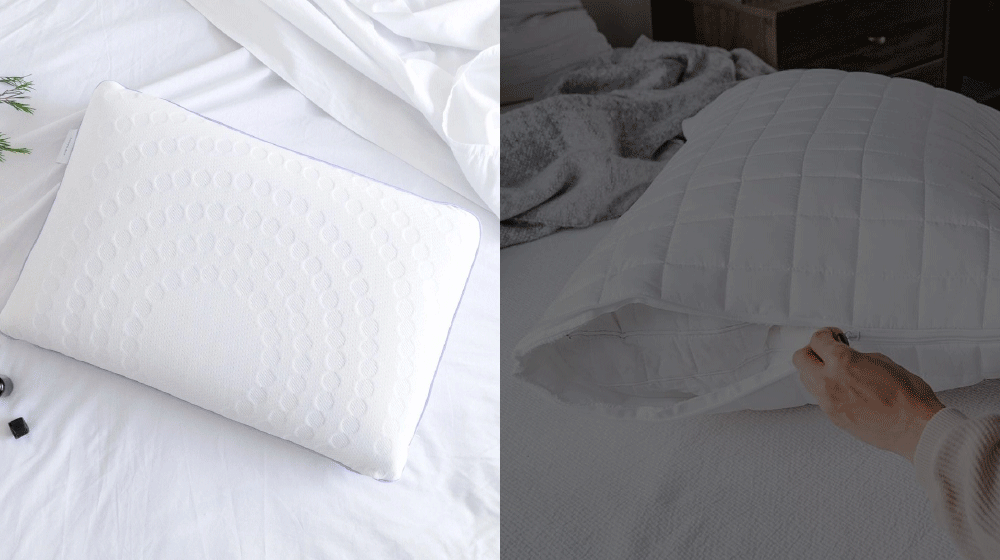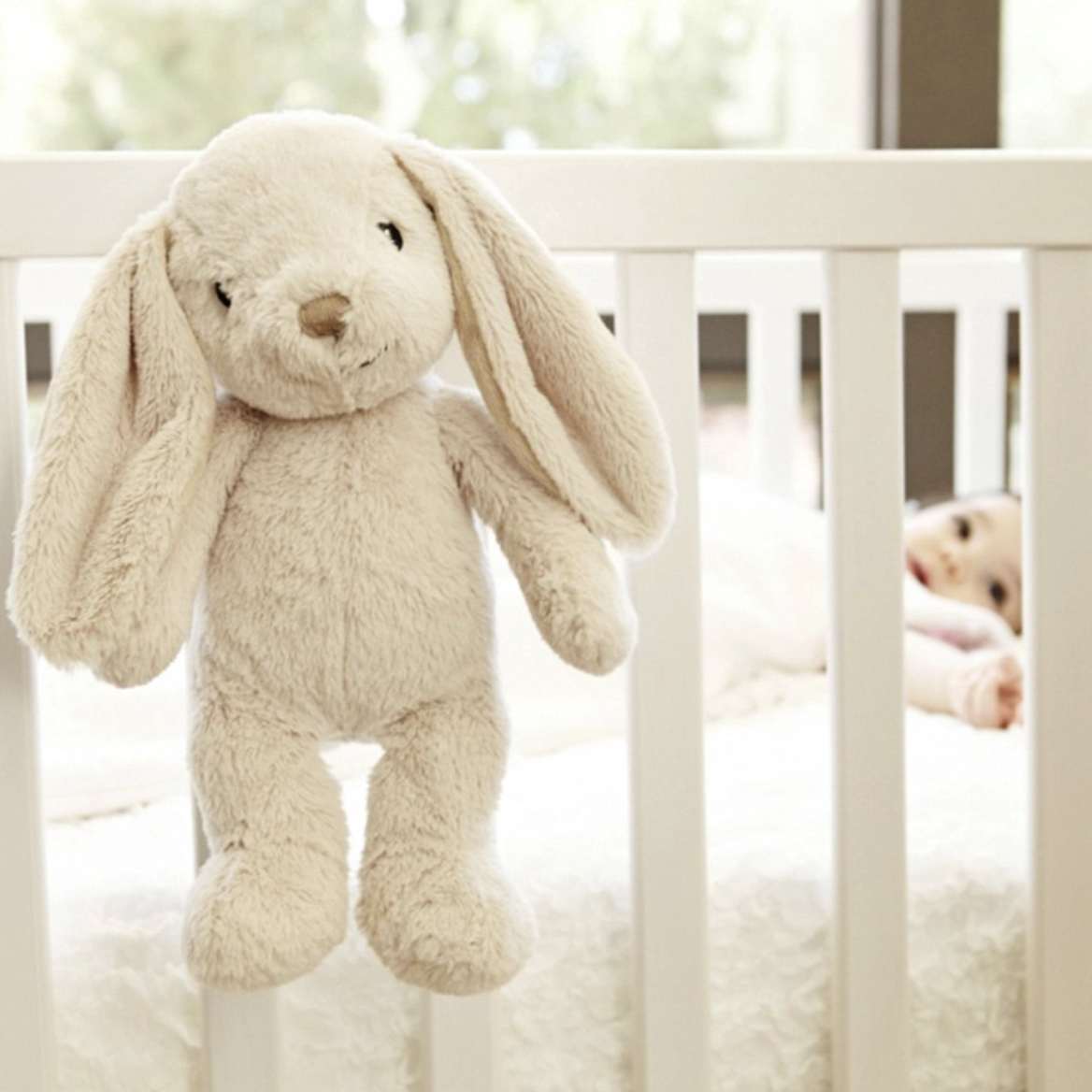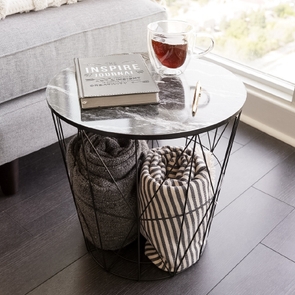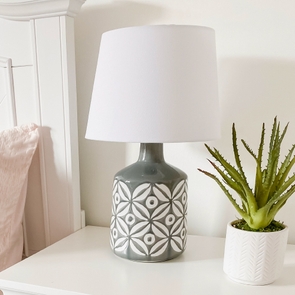- Bedding
- Bath
- Home Decor
- Windows
- Mattresses
- Electrics
- Tabletop & Bar Serveware
- Serveware Collections & Sets
- Serving Trays, Platters & Baskets
- Serving & Salad Bowls
- Cheese Board Sets
- Snacks, Dipping & Condiment Bowls
- Butter Dishes
- Salt & Pepper Shakers & Grinders
- Dessert Plates and Cake Stands
- Serving Spoons & Utensils
- Pitchers & Dispensers
- Coffee, Cream, Sugar, Teapots
- Table Decor & Centrepieces
- Candles & Candleholders
- Bar Carts & Serving Trolleys
- Trivets
- Kitchen Cookware
- Cookware Collections & Sets
- Frying Pans & Skillets
- Grill Pans & Griddles
- Sauce Pans & Sauciers
- Dutch Ovens & Braisers
- Stock and Multipots
- Roasting Pans and Racks
- Casseroles & Baking Dishes
- Omelette & Egg Pans
- Pancake & Crepe Pans
- Woks
- Ramekins & Mini Cocottes
- Outdoor BBQ Cookware
- Pizza Stones and Pans
- Fondue Pots & Raclettes
- Shop All Cookware
Food Preparation Tools- Mixing Bowls
- Measuring Cups & Spoons
- Can Openers
- Pizza Cutters & Accessories
- Mandolines and Slicers
- Pasta Tools
- Breakfast and Egg Tools
- Choppers, Graters and Zesters
- Grill and BBQ Tools
- Spice & Nut Tools
- Cheese Tools
- Seafood Tools
- Salad Spinners and Strainers
- Ice Cream Scoops & Makers
- Microwave Food Covers
- Spiralizers
- Fruit & Vegetable Steamers
- Garlic Presses and Graters
Kitchen Organization & Food Storage- Storage Containers, Canisters and Jars
- Fruit Bowls and Bread Baskets
- Food Storage Bags & Wraps
- Silicone Lids and Food Covers
- Fridge Organizers
- Butter Dishes, Syrup and Food Condiments
- Olive Oil & Vinegar Bottles and Caddies
- Sugar, Milk & Creamer Storage
- Cutlery & Drawer Organizers
- Spice Jars and Racks
- Ice Cube Trays
- Recipe Book and Tablet Holders
- Napkins and Napkin Holders
- Gifts
- Clearance Kitchen
- Shop Cookware by Material
- Cookware
- Bakeware
- Knives, Cutting Boards & Accessories
- Food Preparation Tools
- Kitchen Utensils
- Food & Beverages
- Kitchen Organization & Food Storage
- Kitchen Gadgets
- On-the-Go Food & Beverage Containers
- Kitchen and Table Linens
- Kitchen Sink Accessories & Cleaning
- Shop By Brand
- Sale Kitchen
- Shop Cookware by Material
- Cookware
- Bakeware
- Knives, Cutting Boards & Accessories
- Food Preparation Tools
- Kitchen Utensils
- Food & Beverages
- Kitchen Organization & Food Storage
- Kitchen Gadgets
- On-the-Go Food & Beverage Containers
- Kitchen and Table Linens
- Kitchen Sink Accessories & Cleaning
- Shop By Brand
- Bestsellers
- New Arrivals
- Blog
Linen Chest's Guide to Clean Sleep: How Often Should You Wash Your Bedding?
Posted:
April 05, 2023

When it comes to your health and well-being, sleep is a critical component. We spend a significant amount of time in bed (nearly 1/3 of our lives!), which makes the cleanliness of our bedding a crucial factor in our overall health. Washing your bedding is essential to help minimize exposure to irritants and allergens, and to enjoy other health benefits, including improved sleep quality. A clean bed not only helps prevent allergies but also ensures a more hygienic sleep environment, which can have a positive impact on your overall well-being.
But how do you know when and how to wash your bed sheets, pillows, and other bedding? Our experts at Linen Chest are here to share their tips to help you maintain a clean and healthy sleep environment.

How Often Should You Wash Your Bed Sheets?
Bed sheets and pillowcases collect the most dirt, sweat, and oil from our bodies. Throughout the night, we shed skin cells that stick to our bed, making it an ideal feeding ground for dust mites—our recommendation: wash your bedding weekly.
Tip: To simplify your routine, get a couple of sets of your favourite bed sheets so you no longer have to worry about washing and drying them before bed the same day you change them. We also recommend you designate a specific day weekly to wash your sheet sets; this will help you stay on top of this essential task and maintain a clean bed.

How Regularly to Wash Your Pillows & Pillow Protectors
Pillows: Over time, pillows accumulate dirt, dust mites, and bacteria which can lead to skin problems and hair damage. Since it is also in direct contact with your face and hair, we recommend you cover it with a regularly-washed pillow protector and pillowcase to keep it as clean as possible. With these added protective layers, our experts suggest you clean your pillow every 3 months, or once a season.
Pillow Protectors: We recommend you wash these once a month to ensure they remain clean and effective. Use a pillow protector to increase the lifespan of your pillow and protect its filling from potential dirt, allergens, and bacteria.

Cleaning Your Duvet Covers & Comforters
Just like a pillowcase protects your pillow, your duvet cover protects your duvet from dirt, dust, and body oils. So, a good rule of thumb is to wash it bi-weekly or at least monthly to keep it germ-free. You may not need to wash your duvet cover as often if you're also using a flat sheet. This rule also applies to comforters that do not have a cover and any other type of blanket you may use over your flat sheet. However, if you have a pet, washing your duvet cover every 3-4 days is always best to prevent pet hair, skin flakes and dander from building up.
We strongly recommend always using a flat sheet on your bed. It creates a necessary layer between you and your cover, which is much easier to wash than a bulky comforter or thick blanket.

Can You Wash a Duvet Insert?
While the duvet cover protects your duvet insert, it is still important to wash it periodically—we recommend you wash your duvet every six months. However, the frequency of washing may depend on whether you have allergies or sensitivities. If you live in a humid environment, you may want to wash your duvet more often to prevent dust mites and bacteria accumulation.
When to Wash Your Mattress Protector
Investing in a mattress protector is an excellent way to increase the life of your mattress while protecting it from dust mites, dirt, mold, and stains. Since your fitted sheet usually covers the protector and doesn't come into direct contact with your skin, washing it as frequently is unnecessary. Nonetheless, cleaning your mattress protector at least once a month is still important to maintain proper hygiene.
Tip: To make it easier to remember, wash your mattress protector simultaneously with your pillow protector, ensuring both protectors are regularly cleaned.
More LC Tips for a Cleaner Bed:
1.Firstly, always refer to the manufacturer's instructions for any bedding prior to washing; care instructions can vary from one product to another.
2. You can simplify your cleaning routine by having several bedding sets that can be used in rotation. Having a few bed sheet sets and more than one duvet cover, for example, can save you from having to wash, dry and re-dress your bed all in one day. Alternating them will not only extend their life, but also allow you to change the look of your bed to match your mood or the season.
3. Check out the Linen Chest Bedding Buying Guide for more tips on how to care for your pillows, duvet covers and other bedding essentials!

 Custom Window Blinds
Custom Window Blinds Gift Registry
Gift Registry Gift & eGift Cards
Gift & eGift Cards Custom Headboards
Custom Headboards






